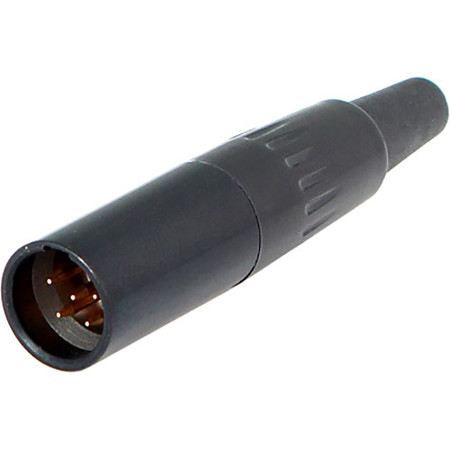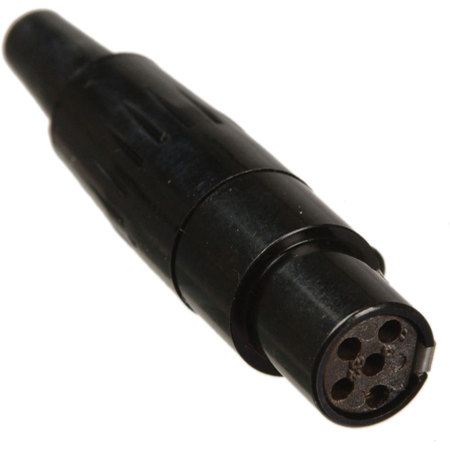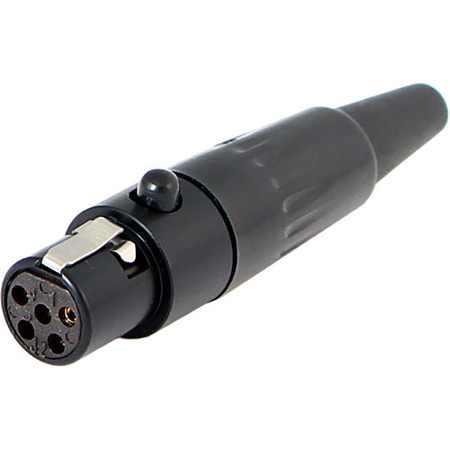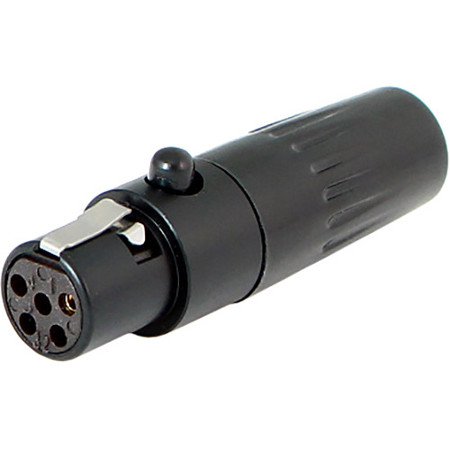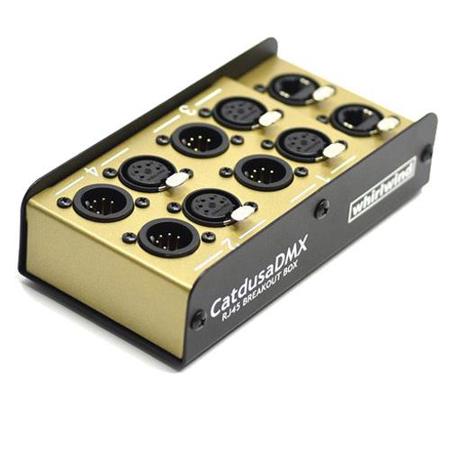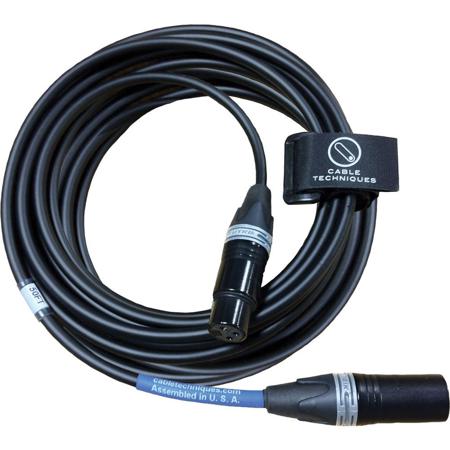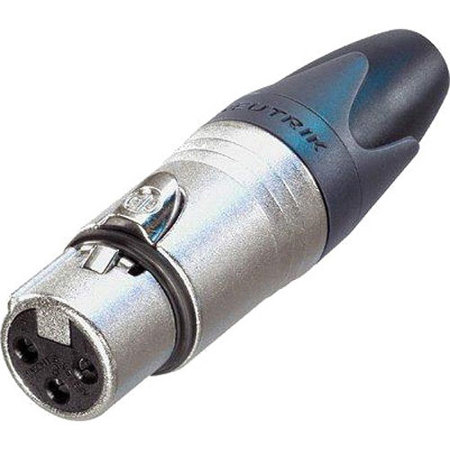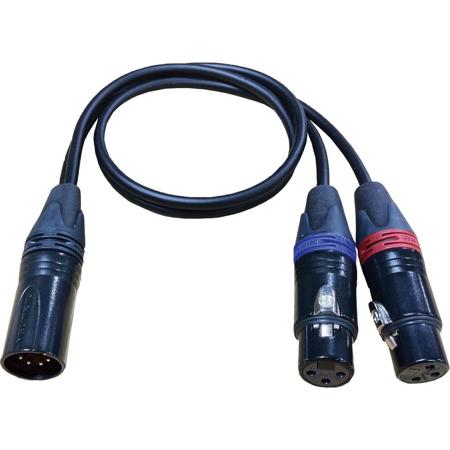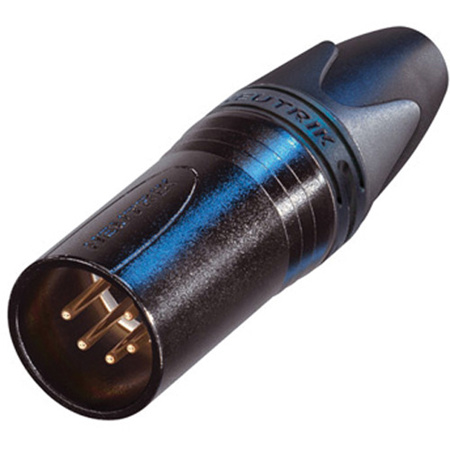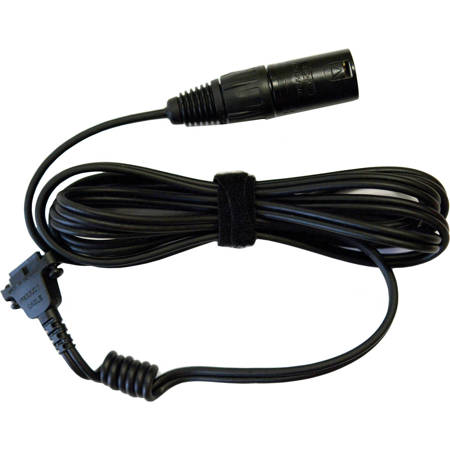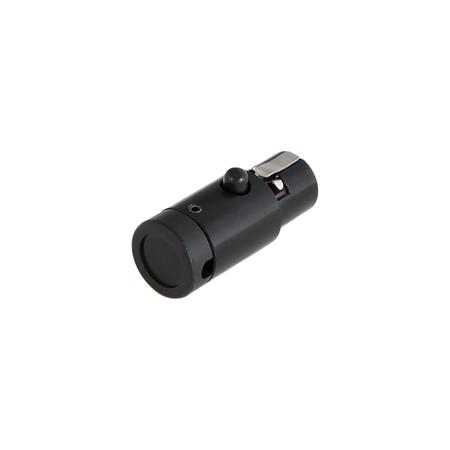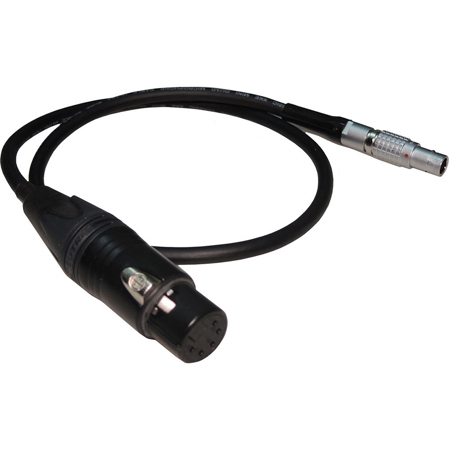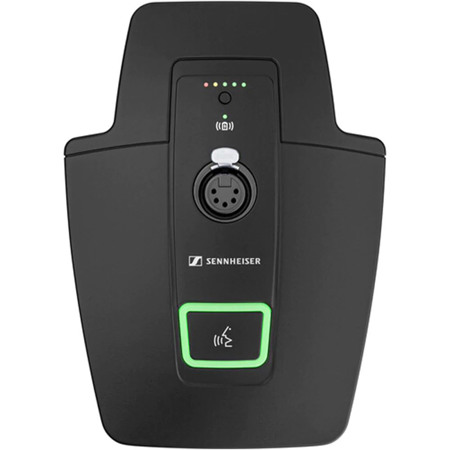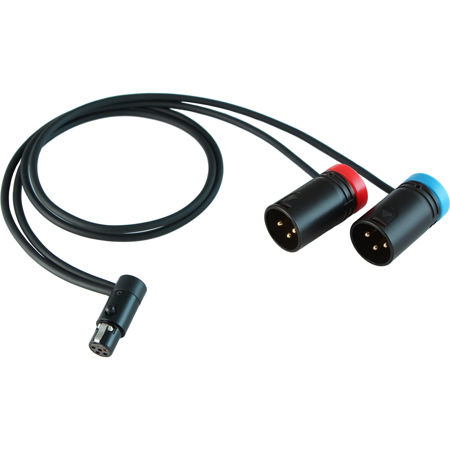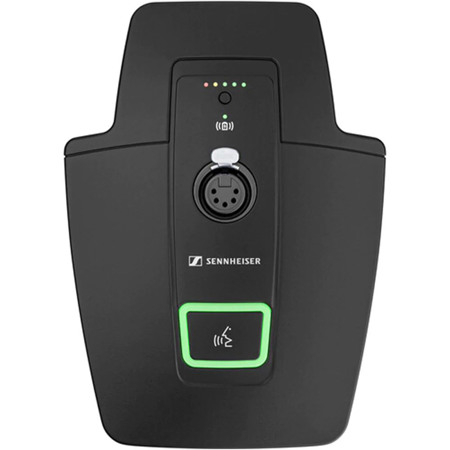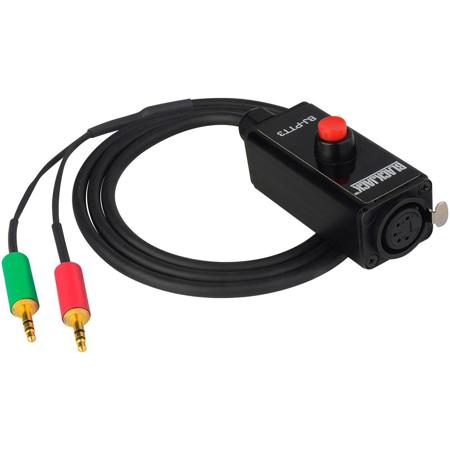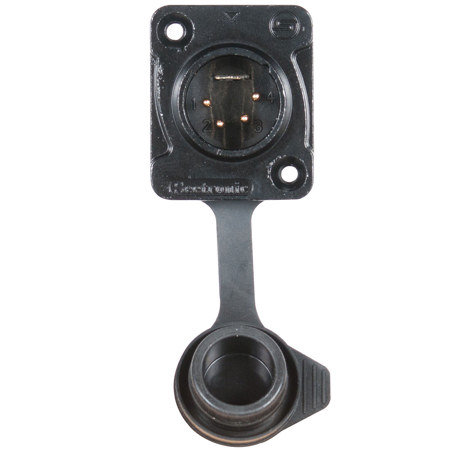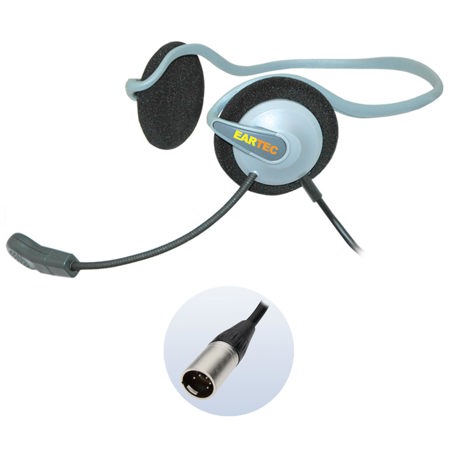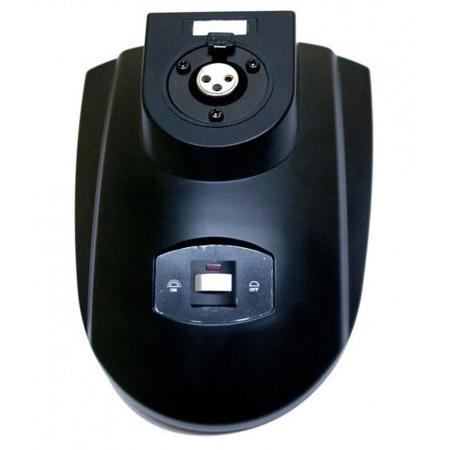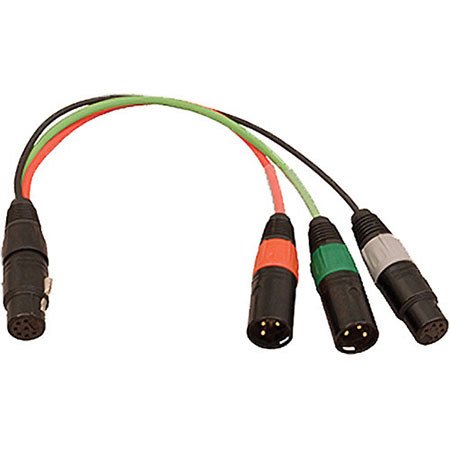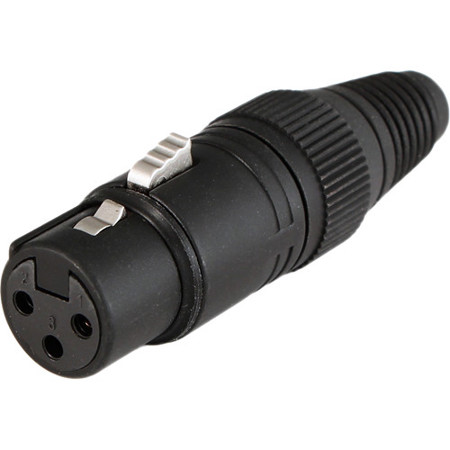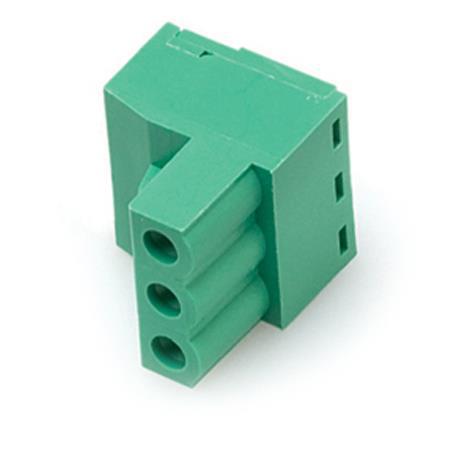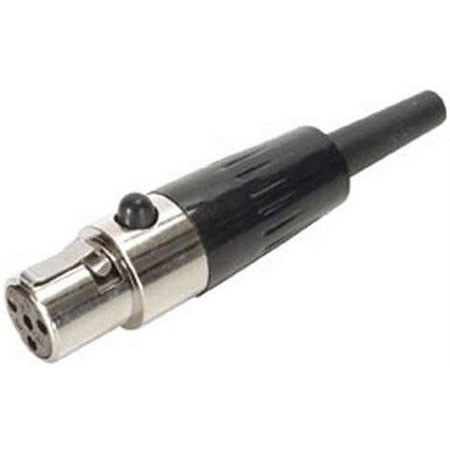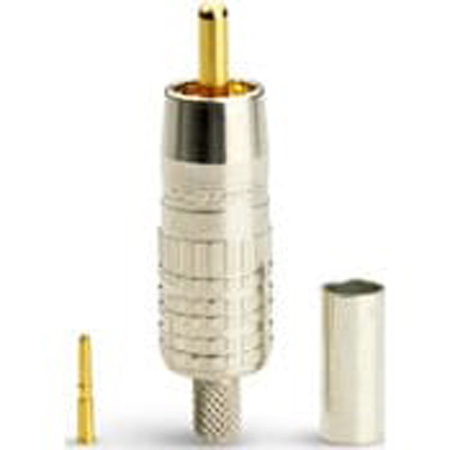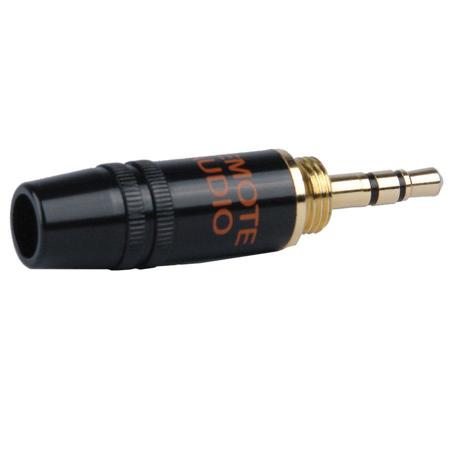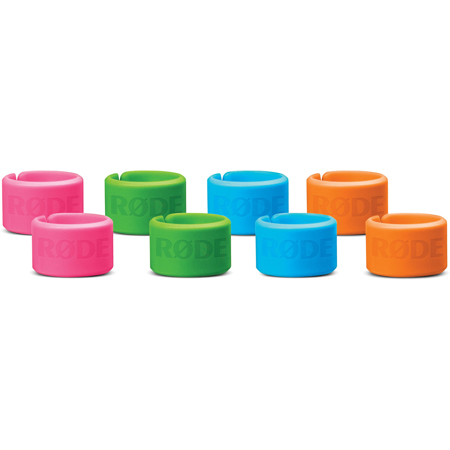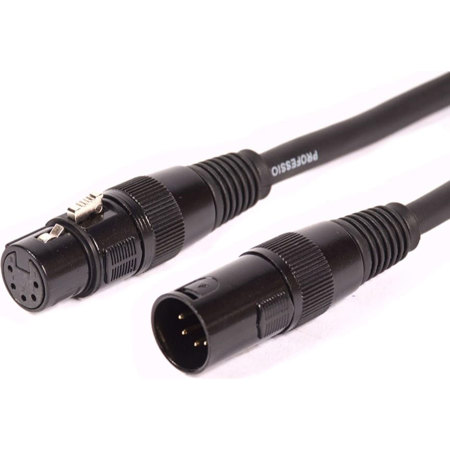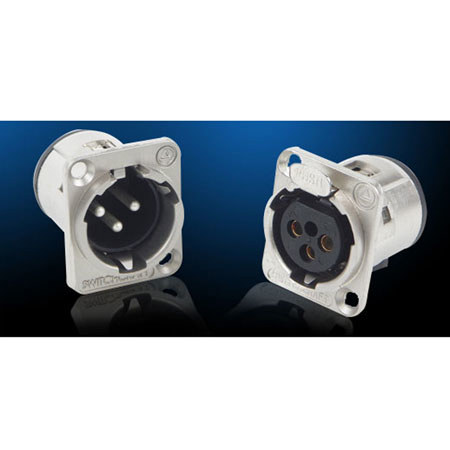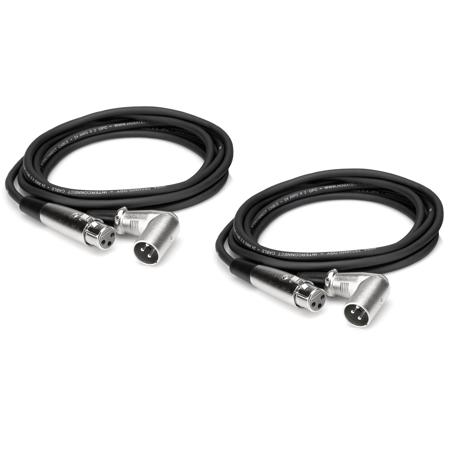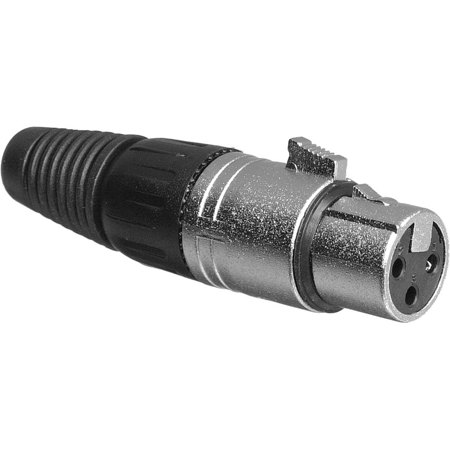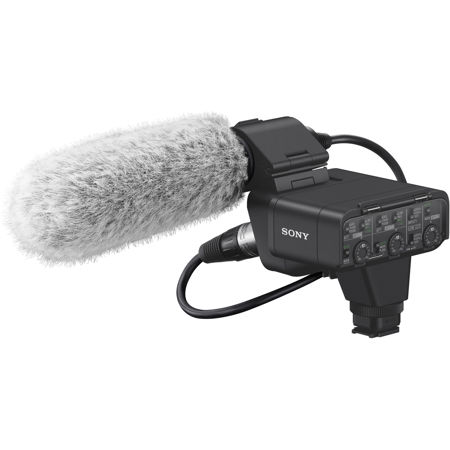5 Pin XLR Connectors
For audio professionals, lighting technicians, and anyone involved in live event production or studio recording, 5 Pin XLR connectors are an essential component in the toolkit. These specialized connectors, often referred to as xlr 5 pin, are designed for applications that require more than the standard three conductors—making them ideal for DMX lighting control, stereo microphones, intercom systems, and certain balanced audio configurations. As the summer months bring a surge of outdoor concerts, theatrical performances, and festival setups, the demand for reliable, high-quality 5 Pin XLR connectors rises. Whether you’re wiring up a complex lighting grid under the stars or running audio feeds across a bustling stage, these connectors ensure signal integrity and minimize interference, even in challenging environments. Their robust construction and secure locking mechanism provide peace of mind when every connection counts, particularly when weather or crowds put gear to the test.
Selecting the right 5 Pin XLR connector involves more than just matching pin counts. Consider the cable gauge compatibility, the durability of the connector housing, and the ease of soldering or assembly if you’re building custom cables. For those working on installations that may be exposed to the elements—such as summer amphitheater stages or open-air DJ booths—look for connectors with weather-resistant features or strain relief to protect signal paths from moisture and heavy use. If you’re gifting audio or lighting gear to a friend or family member passionate about live production, a set of high-quality xlr 5 pin connectors makes a thoughtful, practical addition to their setup. These connectors are especially appreciated by those who manage DMX lighting rigs, as the 5-pin standard is the backbone of professional lighting control, allowing for both data and optional power or ground lines within a single, tidy connection. The extra pins open up creative possibilities, such as running stereo microphone signals or linking intercoms for seamless backstage communication—a must-have for any production manager or AV tech.
For those expanding their audio or lighting systems, it’s helpful to understand the differences between 3-pin and 5-pin XLR configurations. While 3-pin XLRs are ubiquitous in audio for balanced microphone and line-level signals, the 5-pin variant is indispensable for DMX512 lighting protocols and certain advanced audio applications. If your setup requires both, you can find a broad selection of 3 Pin XLR Cables to complement your 5-pin connections, ensuring compatibility across all your gear. During this busy season of events, having the right mix of cables and connectors at hand can mean the difference between a flawless show and last-minute troubleshooting. Whether you’re outfitting a touring rig, upgrading a studio, or preparing a gift for the AV enthusiast in your life, investing in quality 5 Pin XLR connectors is a smart move that pays off in reliability, versatility, and professional-grade performance.
Selecting the right 5 Pin XLR connector involves more than just matching pin counts. Consider the cable gauge compatibility, the durability of the connector housing, and the ease of soldering or assembly if you’re building custom cables. For those working on installations that may be exposed to the elements—such as summer amphitheater stages or open-air DJ booths—look for connectors with weather-resistant features or strain relief to protect signal paths from moisture and heavy use. If you’re gifting audio or lighting gear to a friend or family member passionate about live production, a set of high-quality xlr 5 pin connectors makes a thoughtful, practical addition to their setup. These connectors are especially appreciated by those who manage DMX lighting rigs, as the 5-pin standard is the backbone of professional lighting control, allowing for both data and optional power or ground lines within a single, tidy connection. The extra pins open up creative possibilities, such as running stereo microphone signals or linking intercoms for seamless backstage communication—a must-have for any production manager or AV tech.
For those expanding their audio or lighting systems, it’s helpful to understand the differences between 3-pin and 5-pin XLR configurations. While 3-pin XLRs are ubiquitous in audio for balanced microphone and line-level signals, the 5-pin variant is indispensable for DMX512 lighting protocols and certain advanced audio applications. If your setup requires both, you can find a broad selection of 3 Pin XLR Cables to complement your 5-pin connections, ensuring compatibility across all your gear. During this busy season of events, having the right mix of cables and connectors at hand can mean the difference between a flawless show and last-minute troubleshooting. Whether you’re outfitting a touring rig, upgrading a studio, or preparing a gift for the AV enthusiast in your life, investing in quality 5 Pin XLR connectors is a smart move that pays off in reliability, versatility, and professional-grade performance.
